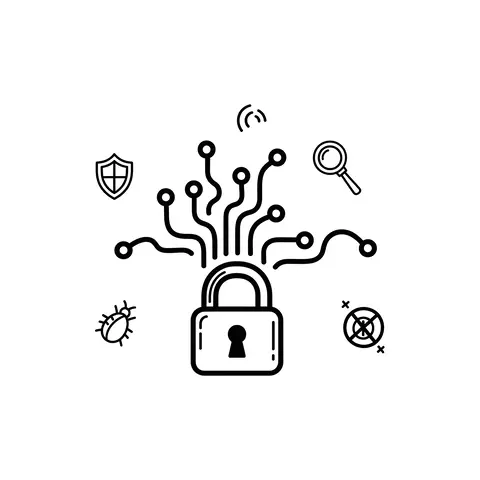
WMIC: The Forgotten Windows Admin Tool That Still Haunts Red Teams and Blue Teams in 2025
The Sticky Keys accessibility feature in Windows is designed to help users who have difficulty holding down multiple keys at once. However, attackers have long abused it as a backdoor for privilege escalation and persistence. By replacing the sethc.exe binary with a command prompt or another malicious executable, an attacker can bypass authentication at the login screen and gain SYSTEM-level access.
This article explores how hackers weaponize Sticky Keys, along with Red Team techniques, Blue Team countermeasures, and real-world case studies where this exploit has been observed.
Sticky Keys can be activated by pressing Shift five times at the Windows login screen. If an attacker has replaced the binary, this keystroke launches a command prompt with elevated privileges, without requiring credentials.
C:\Windows\System32\sethc.exe with a copy of cmd.exe (or another payload).From an offensive security standpoint, Sticky Keys exploitation provides:
mimikatz to extract cached credentials.# Backup original sethc.exe
copy C:\Windows\System32\sethc.exe C:\Windows\System32\sethc_backup.exe
# Replace Sticky Keys with cmd.exe
copy /y C:\Windows\System32\cmd.exe C:\Windows\System32\sethc.exeAfter reboot, pressing Shift five times at login spawns a SYSTEM-level shell.
For defenders, the Sticky Keys attack is a well-known but still dangerous technique. Security teams should focus on prevention, detection, and incident response.
sethc.exe, utilman.exe, etc.).<RuleGroup name="Detect Sticky Keys Backdoor" groupRelation="or">
<FileCreateTime onmatch="exclude" />
<FileCreate onmatch="include">
<TargetFilename condition="end with">sethc.exe</TargetFilename>
<Image condition="end with">cmd.exe</Image>
</FileCreate>
</RuleGroup>Several ransomware operators have been documented using Sticky Keys backdoors to regain access to infected systems. After deploying ransomware, attackers would replace accessibility executables so they could re-enter compromised systems for negotiation or re-encryption.
Advanced Persistent Threat (APT) groups have exploited Sticky Keys as a low-profile persistence method in high-value targets. In some intrusions, Sticky Keys backdoors were discovered months after the initial compromise, highlighting their stealth and effectiveness when defenders lacked integrity monitoring.
There have been reports in corporate environments where disgruntled insiders modified Sticky Keys binaries before leaving the company. This allowed them to return later with SYSTEM-level access, bypassing domain authentication controls.
The Sticky Keys backdoor is a classic Windows privilege escalation trick that remains relevant even today. While simple, it underscores how accessibility features can be turned into powerful hacking tools when not properly secured.
Ultimately, defending against Sticky Keys exploitation is about hardening system files, monitoring anomalies, and limiting attacker access paths.